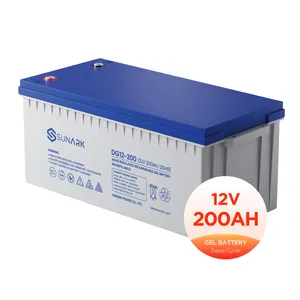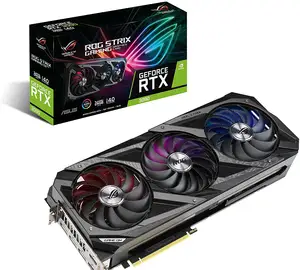Popular in your industry

























































































































































































Top categories
About 17 battery
U17 batteries are rechargeable batteries designed for specific applications. They are known for their reliability, longevity, and consistent performance. A 17 battery is widely used in various devices and industries, including consumer electronics, medical devices, emergency lighting, and backup power systems. The designation "U17" indicates the battery's size and intended use.
Types of 17 batteries
There are several types of 17 batteries available, each with its specific characteristics and applications. Some common types include lead-acid, nickel-cadmium, nickel-metal hydride, and lithium-ion. Lead-acid U17 batteries are known for their low cost and reliability, making them suitable for applications like emergency lighting and backup power systems. Nickel-cadmium (Ni-Cd) U17 batteries are known for their ability to handle high discharge rates and extreme temperatures, making them ideal for applications like power tools and emergency lighting. Nickel-metal hydride (Ni-MH) U17 batteries offer a higher energy density than Ni-Cd batteries, making them suitable for applications that require longer run times, such as cordless phones and digital cameras. Lithium-ion U17 batteries are known for their high energy density, long cycle life, and lightweight, making them popular in portable electronic devices like smartphones and laptops.
Applications of 17 batteries
The versatility of 17 batteries makes them valuable in various applications. In consumer electronics, U17 batteries power devices such as digital cameras, portable media players, and handheld gaming consoles, providing reliable and long-lasting performance. The healthcare industry uses U17 batteries to power medical devices and equipment, ensuring continuous functionality and patient care. Emergency lighting systems, including exit signs and safety lights, rely on U17 batteries to deliver illumination during power outages or emergencies. Moreover, U17 batteries are integral components in backup power systems, supporting critical infrastructure and providing seamless power in the event of grid failures. The automotive sector also leverages U17 batteries for applications such as powering electric vehicles and hybrid cars, contributing to the advancement of sustainable transportation.
When choosing a 17 battery, several factors need consideration. The battery's voltage and capacity should match the requirements of the device or application. The intended use, such as high-drain devices versus low-drain devices, will influence the choice of U17 battery chemistry. Temperature considerations are vital, as extreme temperatures can impact battery performance. Additionally, rechargeable U17 batteries offer a cost-effective and environmentally friendly option for applications that require frequent use and long-term reliability.





























































